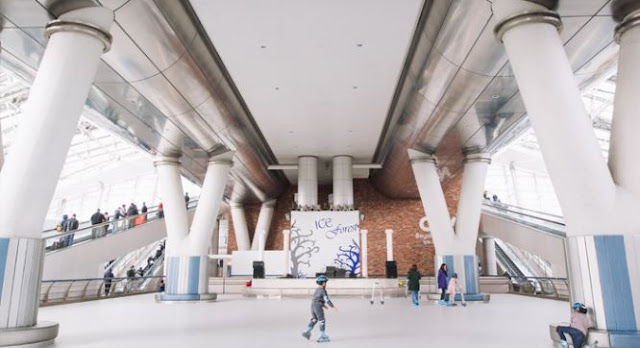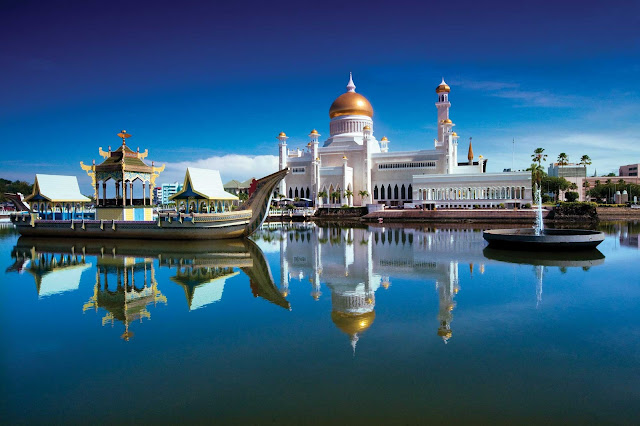10 Best Things to Do in Chiang Mai – No.8
10 Best Things to Do in Chiang Mai – No.8
8. Doi Pui Tribal Village and National Park
Doi Pui, at 1,685metres above sea level, is the highest peak in the Doi Suthep-Pui National Park. It is famous for its beautiful waterfalls which are easily reached from the main road. But one of the hottest attractions for Doi Pui must be Hmong Tribal Village situated less than five kilometers from the famous Wat Phra That Doi Suthep. A visit to this village is an eye-opener into the tribal villagers’ private life. Witness their simple way of living, their homes, as well as learn about their culture through a collection of objects, such as musical instruments, traditional silver-embroidered costumes, and bamboo crafts.
Because of the high elevation, Doi Pui is enshrouded in mist and has a relatively cool climate all year round (average temperatures of 20 - 23 degrees Celsius). The forest cover consists of mixed deciduous and evergreen forests, with bursts of colorful blossoms dotting the entire mountain slopes. Various species of birds and small mammals inhabit the forests, among them red jungle fowl, pheasants, eagles, wild boar, and macaque.
Doi Suthep-Pui National Park features a number of waterfalls; many are accessible from the Mae Rim-Samoeng Highway north of the Old City. Montha Tan Waterfall, at 730 above sea level, has a total of nine cascades and flows into Huay Kaew Waterfall at the foot of Doi Suthep. Other notable waterfalls include Tat Mauk Waterfall and Mae Sa Waterfall.
Hmong Ethnic Village on Doi Pui Many travelers to Doi Suthep-Pui National Park stop their journey at Wat Phra That Doi Suthep, although just a few kilometers ahead is where Doi Pui’s Hmong ethnic hill-tribe lives. The road up to the village is steep but well-paved. If you are interested in learning about the livelihood of Thailand’s ethnic hill-tribe, Doi Pui is one of the few places close to town to meet and chat with the Hmong ethnic hill-tribe as well as learn about their way of life from the living museum.
Like most ethnic hill-tribes of the north, Doi Pui’s Hmong people used to cultivate opium poppies for a living until the royal sustainable projects arrived and transformed the entire village to agricultural farms. Today, the Hmong villagers have income from selling agricultural products as well as tribal souvenirs to visitors.
Phu Ping Palace
Three kilometers downhill from the Hmong village is the site of the Phu Ping Palace, where HM King Bhumibhol (Rama IX) used as a temporary residence and also to receive royal guests while visiting Chiang Mai. The palace complex consists of a cluster of contemporary Thai-style buildings, constructed from bricks and mortar but features traditional Thai-style pointed roofs, all set amidst a well-manicured landscape, which encompasses a natural fern forest, large scenic water reservoir, and rose garden.
Phu Ping Palace is open daily from 8:30 to 16:15 (ticket booth open 8:30-11:30, 13:00-15:30). Dress politely (no shorts, skirts, tank tops, or spaghetti straps).
Technical Information
To get to Doi Suthep-Pui National Park from Chiang Mai, take route 1004 northwest. The entrance to the National Park is located about 15 km (9 miles) from the city center and the drive to Doi Pui from the entrance takes about 40-50 minutes.
Alternatively, take the red song-taew from the foot of Doi Suthep, which can drop you off at various points along the way. You can also charter a red song-taew and agree on where to stop as well as the price.
http://www.chiangmai.bangkok.com
Make travel plans and Meet travel mates here!
Play with planetwith!
http://www.planetwith.com









Comments
Post a Comment